An interdisciplinary group from more than 16 countries working on decommissioning, met in December during the IFE workshop in Lillehammer. They represent some of the world’s leading researchers of the field. Decommissioning is comprehensive work, with considerable risks involved related to economy and safety. The exchange of experience at Lillehammer therefore dealt with how to minimize risk and remove unknown factors from the work of decommissioning. In fact, the one thing that is certain about the decommissioning process is that something will remain uncertain. The reactors are often old and have been around for decades, and most of those who worked with the reactor have usually retired or are on their way to retire. Therefore, efforts to retrieve experiences is very important.
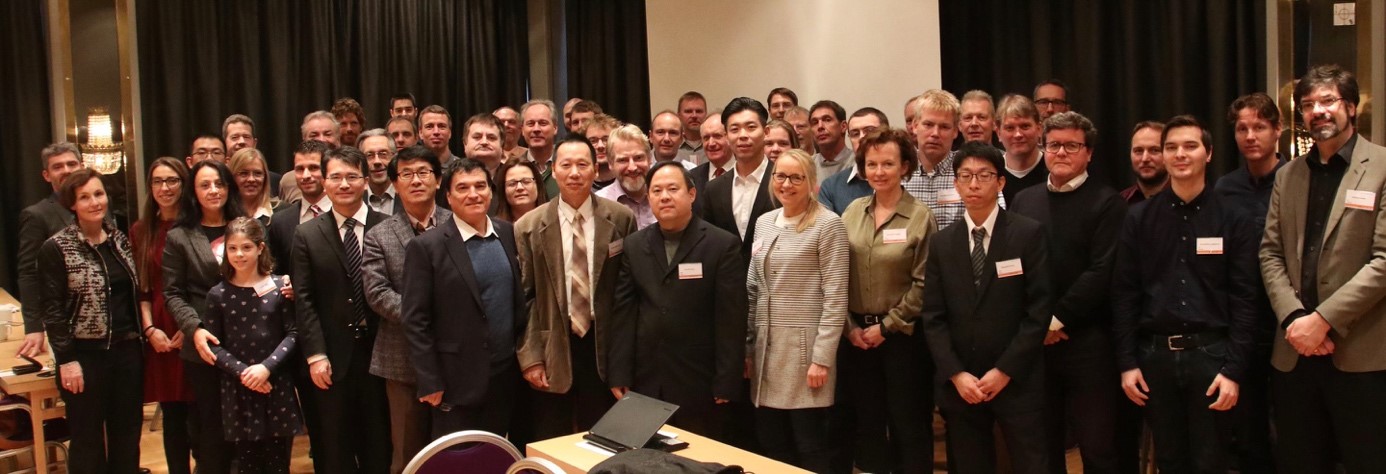
The IAEA figures show that those who work with reactors around the world have a high average age.
According to the IAEA databases, there are 123 research reactors in the world that are permanently shut down, or under decommissioning. In total, there are more than 20,000 people working indirectly or directly with decommissioning of nuclear facilities, but over the next decades, the number of people working on decommissioning in the world is expected to reach as many as 90,000.
At the same time, the IAEA’s figures show that those working with the reactors around the world have a high average age. Patrick Joseph O’Sullivan, from the International Atomic Energy Agency (IAEA), underlined that one of the most important upcoming tasks will be to educate and transfer knowledge to a new generation of operators, in order to handle the reactors and to be able to carry out the commissioning. Access to international capacities is going to be tighter in the years to come, so each nation has a special responsibility to make sure skills are passed on.
«VR and AR technology can see what the eye cannot naturally see. Sound, radiation and vibration»
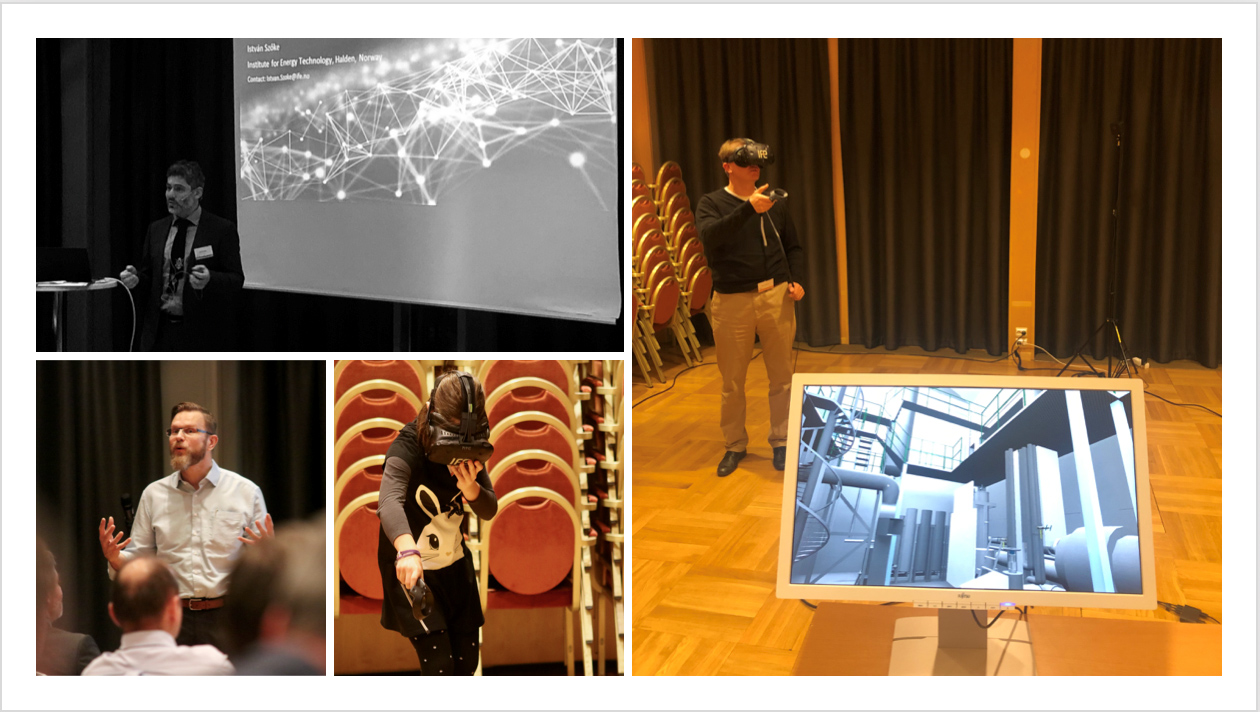
Experiences from several reactors that have been decommissioned is that costs are lower when the number of unknown factors in the reactor is reduced before starting the work. It is broad consensus in the communities that investments in a comprehensive, and detailed mapping will save costs over time.
IFE is currently undergoing our own process with mapping of the Halden reactor. The participants paid attention to IFE’s own introductions about the potential for using digital tools in decommissioning. IFE enjoys great respect for its expertise in the use of digital tools in nuclear facilities, as well as research on people’s ability to take advantage and use new digital technology in their current work.
IFE has made use of digital decommissioning tools for more than 20 years, and it was silent as the grave when Tomas Norlander and István Szöke talked about IFE’s solutions, and how these innovations could be tailored to go directly into the training of the personnel that is to be working in decommissioning. Almost all countries with nuclear power plants or research facilities are working on these issues.
Everyone knows that the lifespan of their own reactor is not going to last forever, and that it will take too much time to make a whole new plan for decommissioning when the reactor is shutting down. In several countries, like Norway, it is mandatory to have such a plan embedded in the license itself. Therefore, many are systematically working to implement the latest and best-known practice for the deployment of nuclear facilities in decommissioning plans worldwide.
Norwegian experiences add to your taste
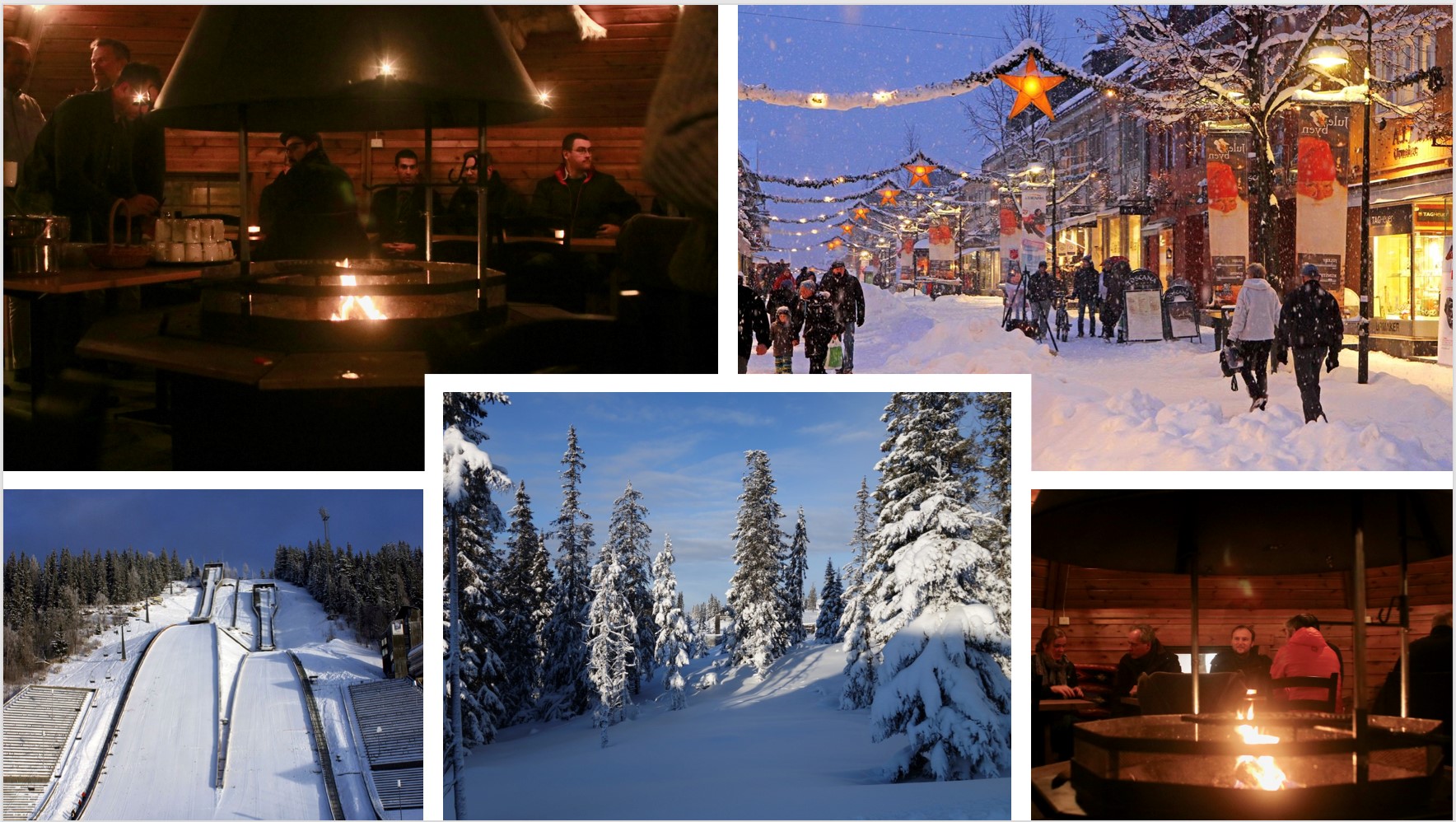
There were many and varied impressions for the participants during the days of the host city for the 1994 Olympic Games. It is almost impossible to think of Christmas when the snow is falling down in the small streets between the wooden houses in Lillehammer. The great winter weather combined with the serving of “gløgg” on reindeer skin by open fire in classic Norwegian wooden cabins, and classic Norwegian dining experience at Scandic Lillehammer, made the framework for the seminar.
We are already looking forward to seeing you next year!
2018-12-07 Audun Otterstad
Related news
-
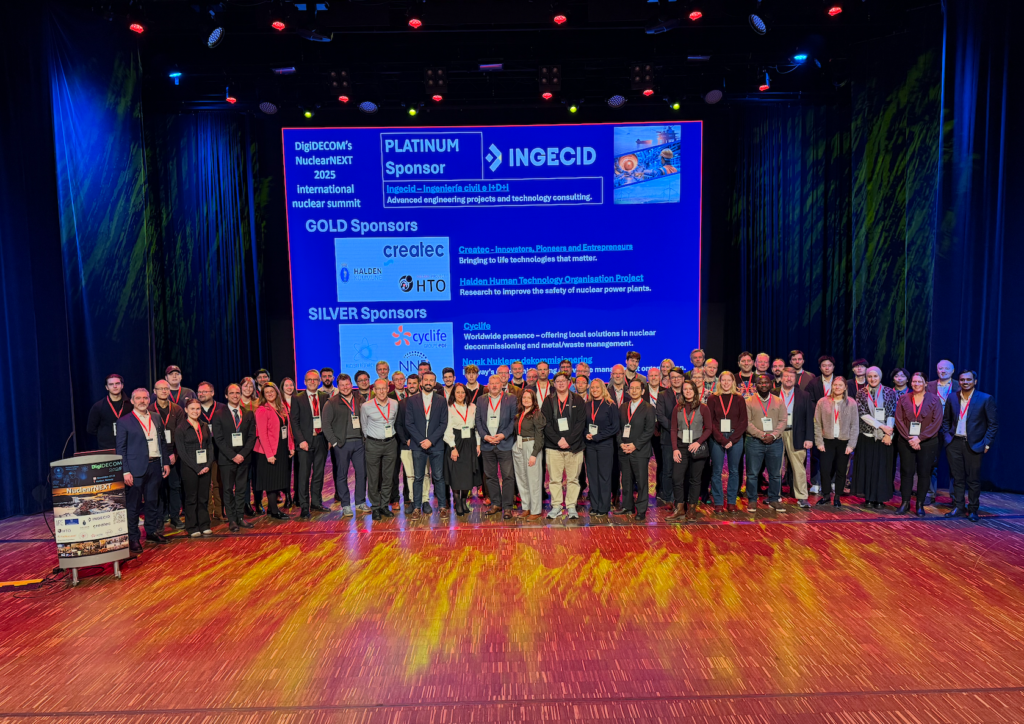
21. November 2025
NuclearNEXT 2025 – Halden brings together world-leading experts in nuclear power and innovation
This week, Halden is a global hub for nuclear innovation as DigiDECOM NuclearNEXT 2025…
-
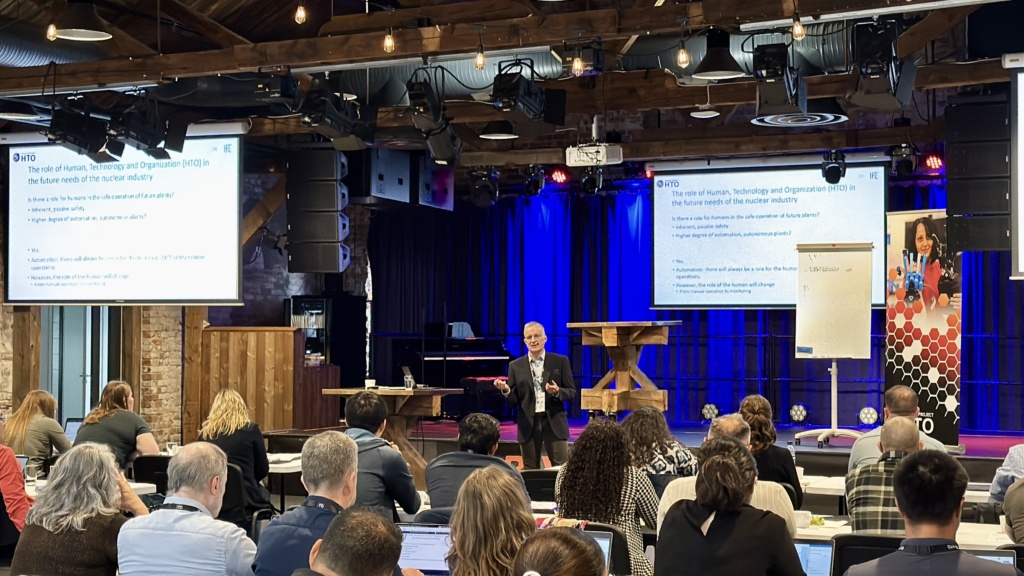
15. September 2025
The HTO Summer School was a great success!
In early September, participants from around the world gathered to explore how new…